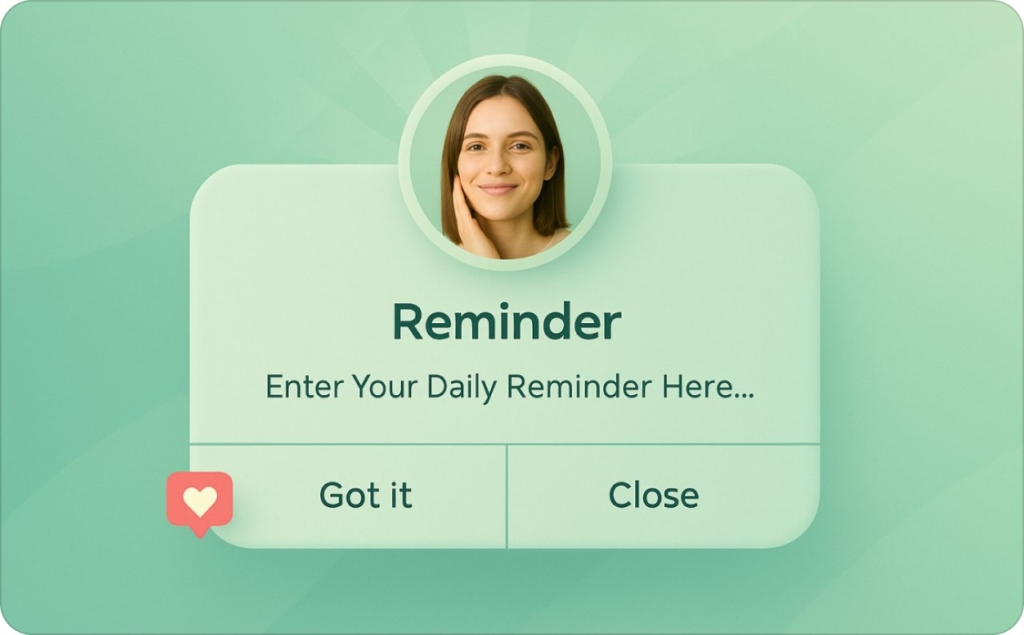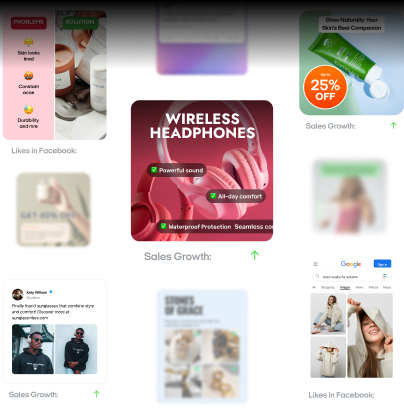Which Facebook ad placement works best: Manual vs automatic
Manual or automatic: which Facebook ad placement actually wins? Zeely AI compares both methods, revealing when each performs best to help you optimize every ad dollar.
Even the best ads can miss the mark if they aren’t delivered to the right audience. A recent study found that 22% of underperforming Facebook ads had no specific targeting, meaning the algorithm alone determined who saw them.
In this guide, you’ll learn about Facebook ad placements — automatic or manual, and how to align them with your campaign goals, so you can confidently balance performance, precision, and control.
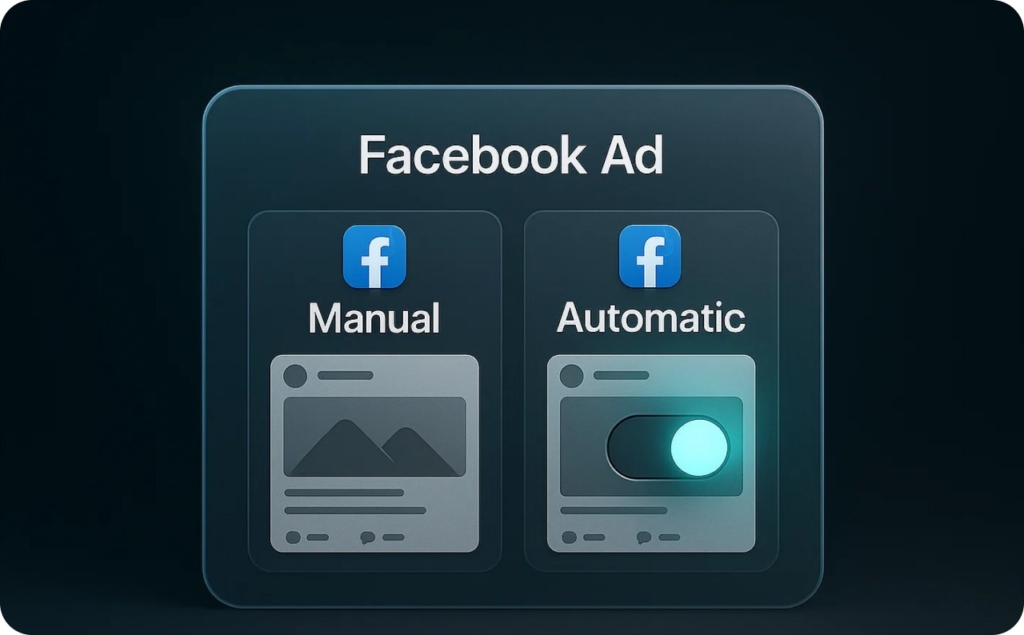
What are Facebook ad placements and why do they matter?
Facebook ad placements are the specific locations, also known as inventory surfaces, where your ads can appear across platforms like Facebook, Instagram, Messenger, and the Audience Network. These include Feeds, Stories, Reels, search results, and in-stream video, each offering unique formats and levels of user interaction.
Placements play a key role in how your ads are delivered and experienced — guiding everything from brand awareness in the upper funnel to conversion-driven actions in the mid and lower stages of your marketing funnel.
Optimized placement strategy matters. According to Moz, Facebook advertising converts at 6.5%, demonstrating how effective well-placed ads can be, especially when supported by automated delivery that optimizes for engagement and intent across multiple surfaces.
The platform’s ability to match creative formats with high-performing placements continues to drive campaign efficiency for advertisers across industries.
How Facebook ad placements impact ad performance and ROI
If you choose the wrong placement setup, you risk budget inefficiencies or missing out on high-converting prospects. On the flip side, smart placement choices can lower your cost-per-click, boost your click-through rate, and maximize return on investment.
By matching placements with your audience segmentation — and tailoring creative to each environment — you can improve relevance and overcome issues like ad fatigue.
The evolution from manual to algorithm-driven delivery
In the early days of Facebook ads, you had to manually choose where your ads would appear, like the desktop News Feed, Instagram Stories, or Messenger. This often meant relying on intuition, time-consuming A/B tests, and regular manual adjustments.
While this gave advertisers full control, it also increased setup complexity and often led to inefficient budget allocation or missed opportunities.
Today, that process is largely automated. Facebook Advantage+, commonly referred to as automatic placements, uses a machine learning model to dynamically distribute your budget across multiple ad surfaces. It evaluates real-time signals, such as clicks, conversions, device type, and user engagement, to determine where your ads are most likely to perform well.
What sets this apart is the use of AI-powered placement strategies, which improve conversions by optimizing delivery across the entire Facebook ecosystem — without the need for constant manual tweaks.
According to Search Engine Journal, Meta’s automation tools like Advantage+ help advertisers drive better results through intelligent budget pacing and performance-based decision-making. Instead of micromanaging placements, you can let the algorithm find the most efficient delivery paths — saving time and improving campaign performance at scale.
How Facebook auto ad placements work and why they boost performance
If you’re not using Advantage+ for your UGC Facebook ads, you might be missing out on higher returns. According to a Search Engine Land report, advertisers who rely on machine learning often see a 15% drop in CPC and a 20% boost in conversions compared to manual setups.
Imagine you’re running ads for an online fitness course. One campaign uses manual placements, and another uses Advantage+, which tests Reels, Messenger, and the Audience Network. The second campaign sees 25% more leads at a 10% lower cost-per-lead because the system shifts your budget to the best-performing spots.
This performance-based optimization checks real-time user data, like clicks, device type, and conversion history, to predict which placements will convert most. It automatically reallocates spending from weak surfaces to strong ones, freeing you from constant guesswork.
Some advertisers worry about brand safety or wasted spend on off-brand sites. However, Ads Manager allows you to exclude poor placements and see a report of each channel’s impact, which strikes a balance between predictive delivery and human oversight.
Marketers also benefit from more time to focus on creative and strategy. With real-time budget reallocation, Advantage+ adjusts bids whenever performance dips.
Automatic placements on Facebook: A closer look at Advantage+
Advantage+ placements are Facebook’s AI-powered approach to delivering ads across Feeds, Instagram, Messenger, and more.
This predictive system analyzes engagement patterns and routes budget to whichever channel drives the highest return on ad spend. By reviewing reports in Ads Manager, you can remove underperforming channels without losing the benefits of algorithmic testing.
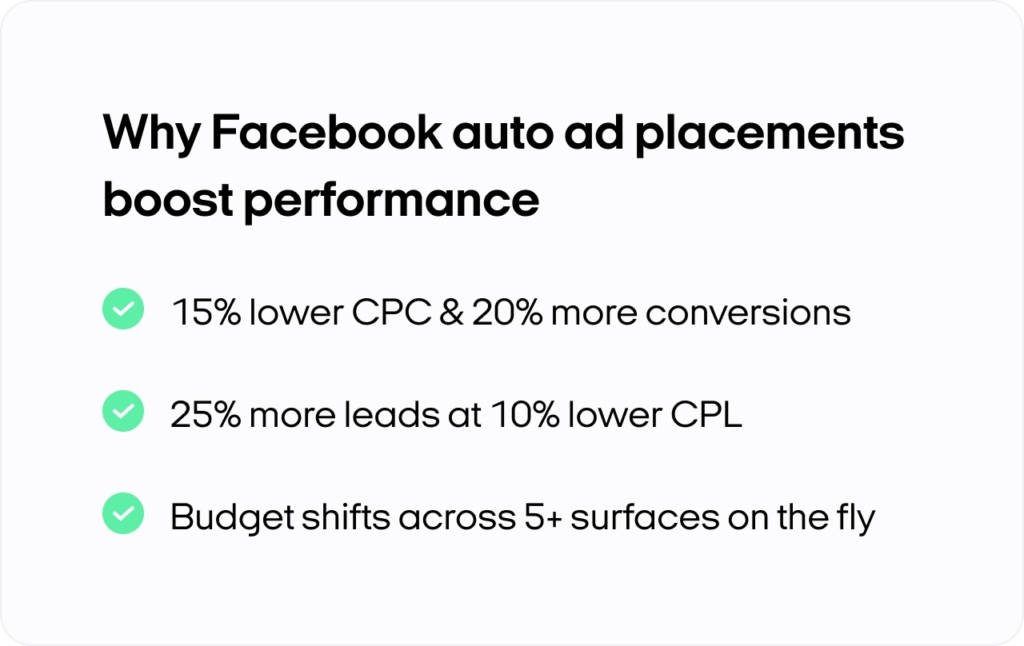
Manual Facebook ad placements: When you need full control
If you want more control over where your ads appear, manual placements in Facebook Ads Manager might be your best option. Unlike automatic placements, this method lets you handpick specific platforms, like Facebook Feeds, Instagram Stories, or the Audience Network, based on your strategy.
It’s especially helpful when you’re focused on brand safety, creative precision, or want to fine-tune delivery to niche audiences.
Take a skincare brand, for example. They launched a campaign targeting mobile-first consumers and chose to run only on Instagram Reels.
That decision, based on user behavior and creative fit, led to a 28% increase in engagement compared to their previous broad placements. That’s the strength of a custom ad placement strategy done right.
Manual Placements explained: How to handpick where your Facebook ads appear
Manual ad placements give you full control over where your ads show across the Facebook advertising ecosystem. Inside Ads Manager, you’ll select “Manual Placements” and choose specific ad surfaces like Messenger Inbox, Instagram Reels, or Facebook Stories.
This setup takes more effort than Advantage+ automation, but you gain granular control over ad distribution and audience segmentation.
The process is straightforward.
- First, create or edit your ad set in Ads Manager
- Then go to the Placements section and uncheck “Automatic Placements”
- Select the exact channels that match your campaign goals
For instance, a fitness brand launching a short video series might choose only Reels and Stories to capitalize on vertical video engagement. This manual configuration allows you to tailor your message for each environment.
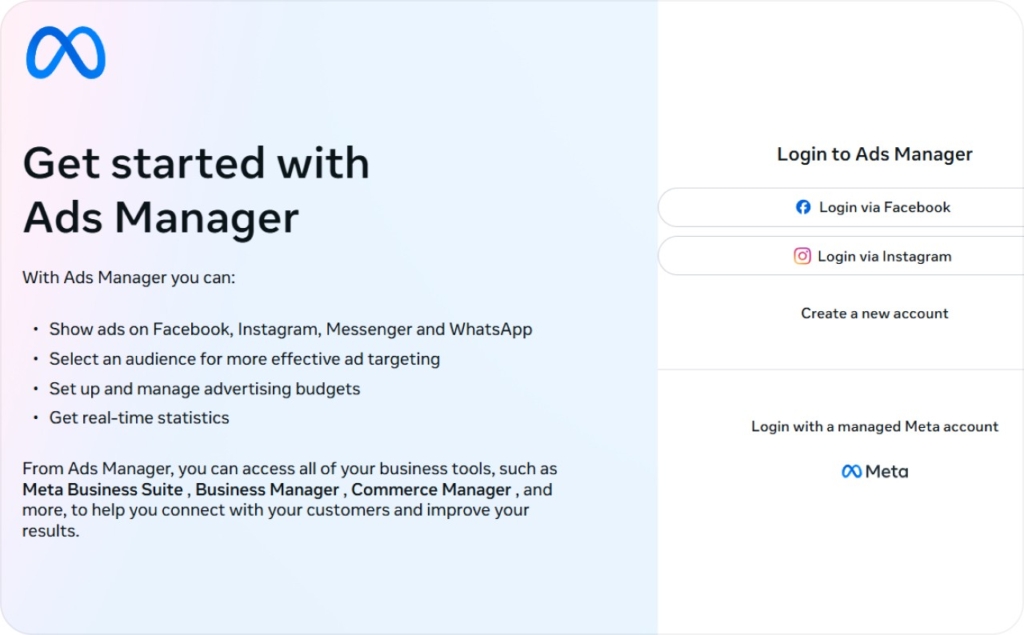
Benefits and best practices for manual placements
Manual targeting works best when you need to protect your brand context, target a specific audience segment, or showcase content built for one format. A brand focused on interactive video ads, for example, can deliver them exclusively on Instagram Stories, where that format performs well.
Another advantage is performance tracking. When you manually split campaigns by platform or device, it’s easier to monitor and compare CTR, CPC, or ROAS across each surface. In one case, a local coffee chain discovered that Stories outperformed Feeds, leading to a 22% boost in conversions after reallocating their budget to Stories.
To succeed with manual placements, focus on how your content fits the channel. Use the budget control features in Ads Manager to increase spend where performance is strong, and review data regularly to track trends and shift strategy. This placement optimization strategy gives you the flexibility to adapt and improve over time.
Potential pitfalls with manual placements
As powerful as it is, manual targeting can lead to problems if it’s not backed by data. Advertisers who rely on assumptions risk placing ads in low-performing channels, wasting budget in the process.
Research from Search Engine Land notes that advertisers using poorly configured manual placements may face an 18% higher cost-per-acquisition compared to those using Advantage+ automatic placements, which dynamically shift budget based on real-time performance signals.
Another common issue is limited reach. If you focus too narrowly — say, only on desktop Feed placements — you risk missing mobile users who prefer Reels or Stories. This can also lead to creative fatigue, where the same audience sees your ad too often, reducing engagement.
The key is to start broad, track performance analytics, and gradually optimize based on data. That way, you avoid budget misallocation and ensure your ads reach the most responsive audiences.
When used strategically, manual Facebook ad targeting gives you full visibility and control. By pairing that control with regular performance reviews and flexible adjustments, you’ll improve campaign efficiency and deliver better results across every placement.
Facebook auto vs Manual ad placements
Many advertisers ask, “Which performs better — automatic placements or manual placements?” Experts often recommend auto placements for wide-reaching campaigns because they harness Facebook’s data and learning at scale.
Still, manual setups can excel when you have a highly defined audience or a niche campaign goal. In this section, you’ll find A/B testing insights, case studies, and a side-by-side performance analysis of metrics like CPC, CAC, and conversion rates.
Performance metrics comparison
To compare channel-level performance between auto and manual approaches, you’ll need a solid A/B testing methodology. Set up identical creative and targeting for both placement strategies, then track key metrics like cost-per-action, click-through rate, return on ad spend, and cost per result.
Make sure you allocate equal spend to each group, so budget bias doesn’t skew your data. Continue until you reach a statistically significant number of impressions, then evaluate which placement strategy aligns best with your campaign objectives.
Here’s a table of how the two methods compare in many trials:
| Metric | Auto placements | Manual placements |
| CPC | Often lower | Potentially higher, but can be optimized through niche targeting |
| CAC | Generally lower thanks to broad reach | Can dip lower if creative alignment and audience segmentation are strong |
| CTR | Moderate engagement across varied channels | Often higher if the ad format precisely matches a known audience |
| ROAS | Typically stable due to algorithmic delivery | Potentially higher if you pinpoint top-performing surfaces and refine further |
Use Facebook Ads Manager breakdowns to see which channels drive the best results for each approach. Always note that results may vary based on your creative alignment, audience size, and campaign testing conditions.
Real-world examples and case studies
To see how these metrics play out in practice, consider the AdEspresso experiment on automatic bidding, which delivered 321 conversions at a CPA of $3.46 — beating manual bidding’s 179 conversions at $4.05.
Another test by Metric Theory showed manual placements surpassing auto by 14% in cost per purchase for a highly targeted prospecting campaign.
Meanwhile, marketer Jacob LE found a 16.7% revenue increase from auto placements but still advised manual setups for certain specialized promotions.
These mixed findings highlight the empirical nature of ad performance: the “best” choice often depends on how well you match ad formats and audience segmentation.
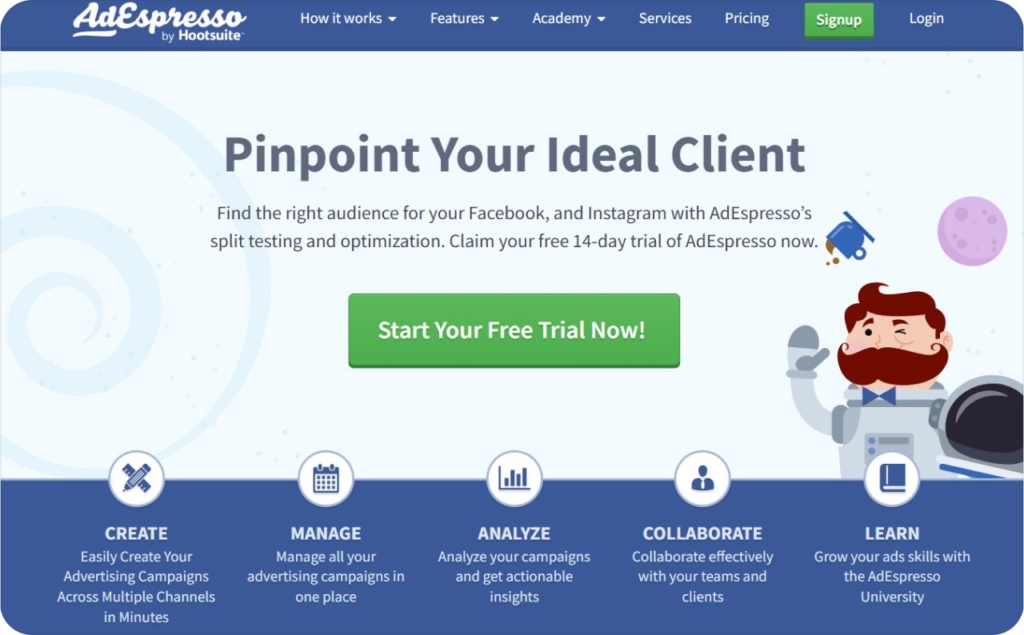
How to choose the right Facebook ad placement strategy for your campaign
In most broad campaigns, automatic placements offer cost efficiency by letting Facebook’s algorithm optimize your budget across all available ad inventory. This broad scope usually reduces CPC and keeps your ads visible to large, varied audiences.
Manual setups, however, can outperform auto in niche scenarios, such as mobile-only app installs, local event promotions, or product lines that fit a specific channel. If you have a unique creative strategy or want to limit placements to surfaces that align perfectly with your brand, manual configurations might be your best bet.
It’s often wise to start with automatic placements to capture broad data. Then, if you see certain surfaces driving the majority of your conversions, testing a manual placement strategy on those high-performing channels could refine your campaign efficiency even further.
Validate any changes with repeated A/B testing, and keep in mind that metrics shift over time as user behaviors evolve. By balancing the strengths of both approaches, you can arrive at the optimal blend of algorithmic scale and hands-on control.
A strategic framework for Facebook ad placement decisions
Choosing the right Facebook ad placement strategy is critical for aligning your media spend with your campaign objectives. If you’re aiming for scalability, algorithmic efficiency, and simplified setup, automatic placements are the default recommendation.
Facebook’s machine learning system dynamically distributes your ads across its entire placement inventory, using real-time performance data to optimize for the lowest cost per result. This approach reduces the need for manual oversight and ensures broader audience exposure at a competitive cost per acquisition.
However, manual placements offer enhanced placement granularity and targeting precision, especially for advertisers managing niche products or brand-sensitive messaging.
For example, if you’re running a mobile app install campaign, excluding desktop placements and focusing only on mobile feeds can drive better conversion rates and install velocity.
This method is also ideal when managing brand consistency by avoiding low-engagement surfaces or high-cost platforms — such as the Instagram Feed, which often has a higher CPC compared to Facebook Feed.
As a decision-making rule, marketers should start with automatic placements to collect baseline performance metrics, then apply A/B testing methodologies to isolate performance across different placement types.
For example, segmenting your delivery to evaluate mobile-only vs. cross-platform delivery, or excluding Instagram to test cost efficiency without high-CPC surfaces, can help validate manual strategies.
This strategic testing framework allows you to analyze audience behavior, optimize budget allocation, and match your ad delivery to your unique campaign structure.
Tips and best practices for optimizing Facebook ad placements
Effective Facebook ads optimization requires continuous refinement driven by both quantitative performance metrics and qualitative creative alignment.
Begin by monitoring Facebook Ads Manager analytics to understand which placements deliver the highest ROAS and engagement. From there, adapt your placement strategy to prioritize high-performing environments and phase out underperforming channels.
Leverage A/B split testing to measure the direct impact of placement variation on outcomes like CTR, CPL, and conversion rate.
For example, if your tests show that Instagram Feed consistently yields a higher CPC without a proportional increase in conversions, consider excluding it from future ad sets. Alternatively, if manual placement segmentation, like mobile-only targeting, improves conversion efficiency, double down on that configuration for similar campaigns.
Given that 96% of Facebook users access the platform via mobile, optimizing for mobile-specific placements is no longer optional. Always ensure your creative assets are fully adapted to smaller screens, including aspect ratios, text readability, and load times.
Pay attention to how each placement type interacts with the customer journey, especially during mid-funnel and bottom-funnel retargeting. When placements are integrated with funnel stage targeting and audience segmentation, advertisers can significantly boost both cost-efficiency and campaign effectiveness.
Final recommendations
To maximize your campaign performance, your placement strategy should be guided by a blend of algorithmic automation and manual optimization techniques.
Begin with automatic placements to leverage Facebook’s full-scale machine learning infrastructure, allowing you to collect broad performance benchmarks. Then, use empirical testing and placement-level analytics to identify opportunities for custom delivery optimization.
Data shows that automatic placements consistently deliver stronger cost efficiency in high-volume campaigns, while manual placements outperform in tightly controlled use cases where creative relevancy and audience context are critical.
Consider adopting a hybrid placement strategy, maintaining auto placements for scalable reach, while selectively using manual configurations for high-value audiences or creative-led campaigns.
Ultimately, your ad placement decisions should stem from a clear strategic framework — one that integrates campaign objectives, audience insights, budget constraints, and real-time analytics. By continually testing and refining your approach, you’ll strike the right balance between automation and control — and drive stronger results across every stage of your Facebook advertising funnel.
Also recommended

